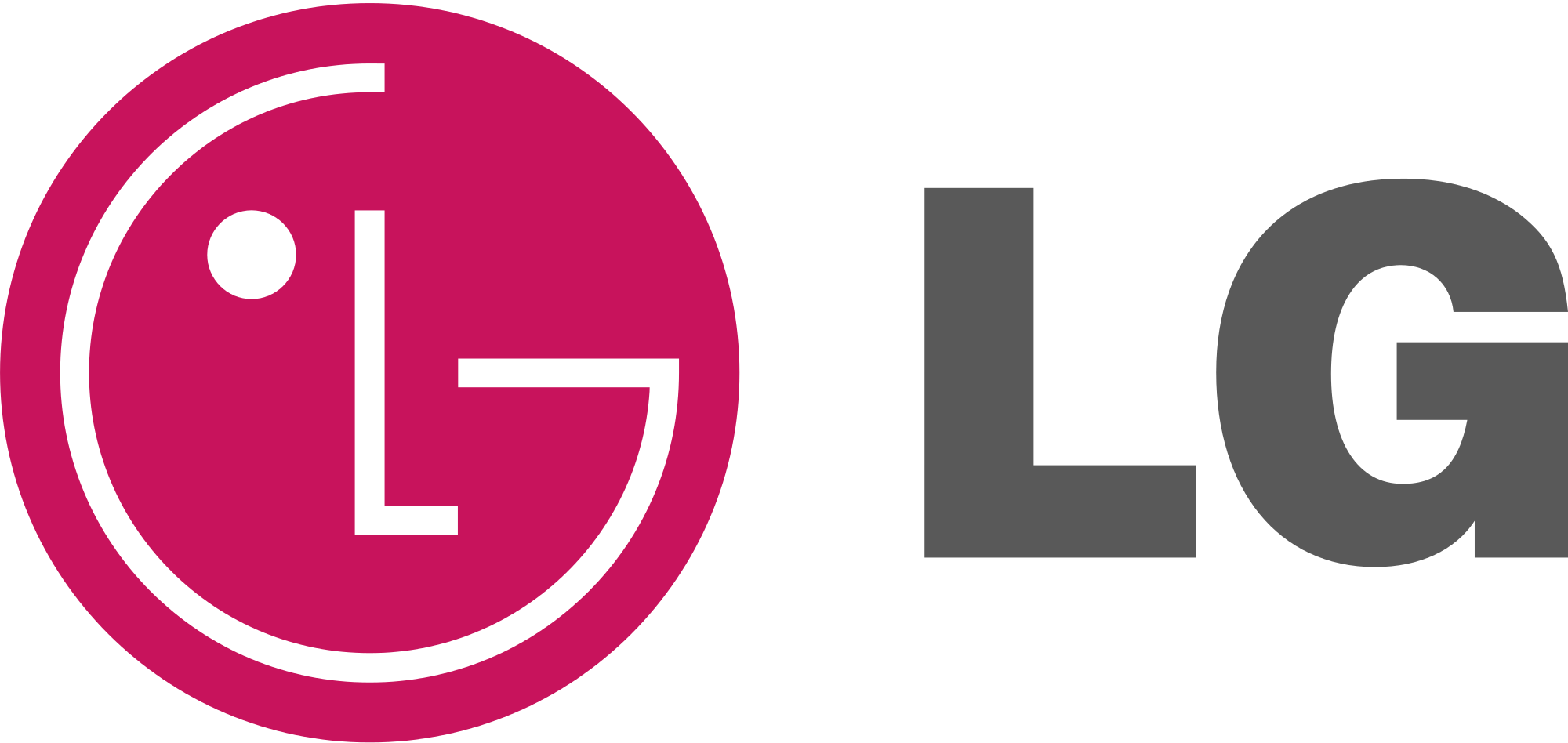LG has signed a memorandum of understanding with the Korean city of Gumi on investments of $ 435 million (527.2 billion KRW) allocated to expansion of solar panels production there.
Addition of six new production lines to the existing eight will increase capacity from 1GW to 1.8GW by 2018th and 3GVt by 2020 - equivalent amount of electricity consumed by one million households.
"As a result of these investments, the solar energy division of LG will be able to take a strong position on the market with a good stepping stone for active development of the future - said Lee Sang-Bong, president of the company. - LG has been actively involved in development of solar energy technologies over the past two decades, and we are confident that mass users are more than willing to seriously consider solar as energy solutions at home."
LG Solar Division started to work in 1995, and in November 2014, the company opened the Energy business center for business management in the field of solar energy, energy storage and lighting.
In August 2015, LG has introduced the most advanced solution in this direction - NeON2 with its innovative Cello, consisting of 12 thin filaments instead of three bands, ideal for home owners who want to increase capacity for electricity production using limited space on roofs. Last year, NeON 2 was also awarded the Intersolar AWARD, dedicated to researches in the field of solar energy.
In the last decade, many countries, especially EU members, have been actively developing renewable sources of energy (such as wind and solar energy) through generous incentives, or feed-in tariffs, government procurement and mandatory standards for renewable energy sources portfolio.
In 2014, China put into operation 23 gigawatts of new wind energy capacity, which amounts to almost half of the running 53 gigawatts worldwide. Rich countries have pledged to allocate annually up to $10 billion to Green Climate Fund of the United Nations, also aiming to bring this figure up to $ 100 billion. This money will be directed to developing countries to implement policies that would minimize impact on the environment, writes The Economist.
However, cheap electricity is not a good thing for the climate: people consume more electricity generated from fossil fuels during shortages in bad weather. Until the structure of energy is not completely pollution-free, consumers should reduce consumption of electricity. Therefore, governments should set higher rates.
Introduction of fees for greenhouse gases emissions in the atmosphere - the best way to reduce demand and increase energy production from renewable sources.
Reduce greenhouse gas emissions without slowing economic growth was the main challenge of the climate conference in Paris. So far, carbon-free energy sources such as wind and solar energy seem to be the main way to solve this problem.
It is therefore necessary to continue investing in wind turbines and solar panels, but not by simple increase in subsidies. Governments should give priority to introduction of fees for greenhouse gases emissions in the atmosphere, in order to avoid adding the negative side effect of the "green" subsidies to the energy use pattern.
source: economist.com
Addition of six new production lines to the existing eight will increase capacity from 1GW to 1.8GW by 2018th and 3GVt by 2020 - equivalent amount of electricity consumed by one million households.
"As a result of these investments, the solar energy division of LG will be able to take a strong position on the market with a good stepping stone for active development of the future - said Lee Sang-Bong, president of the company. - LG has been actively involved in development of solar energy technologies over the past two decades, and we are confident that mass users are more than willing to seriously consider solar as energy solutions at home."
LG Solar Division started to work in 1995, and in November 2014, the company opened the Energy business center for business management in the field of solar energy, energy storage and lighting.
In August 2015, LG has introduced the most advanced solution in this direction - NeON2 with its innovative Cello, consisting of 12 thin filaments instead of three bands, ideal for home owners who want to increase capacity for electricity production using limited space on roofs. Last year, NeON 2 was also awarded the Intersolar AWARD, dedicated to researches in the field of solar energy.
In the last decade, many countries, especially EU members, have been actively developing renewable sources of energy (such as wind and solar energy) through generous incentives, or feed-in tariffs, government procurement and mandatory standards for renewable energy sources portfolio.
In 2014, China put into operation 23 gigawatts of new wind energy capacity, which amounts to almost half of the running 53 gigawatts worldwide. Rich countries have pledged to allocate annually up to $10 billion to Green Climate Fund of the United Nations, also aiming to bring this figure up to $ 100 billion. This money will be directed to developing countries to implement policies that would minimize impact on the environment, writes The Economist.
However, cheap electricity is not a good thing for the climate: people consume more electricity generated from fossil fuels during shortages in bad weather. Until the structure of energy is not completely pollution-free, consumers should reduce consumption of electricity. Therefore, governments should set higher rates.
Introduction of fees for greenhouse gases emissions in the atmosphere - the best way to reduce demand and increase energy production from renewable sources.
Reduce greenhouse gas emissions without slowing economic growth was the main challenge of the climate conference in Paris. So far, carbon-free energy sources such as wind and solar energy seem to be the main way to solve this problem.
It is therefore necessary to continue investing in wind turbines and solar panels, but not by simple increase in subsidies. Governments should give priority to introduction of fees for greenhouse gases emissions in the atmosphere, in order to avoid adding the negative side effect of the "green" subsidies to the energy use pattern.
source: economist.com



















